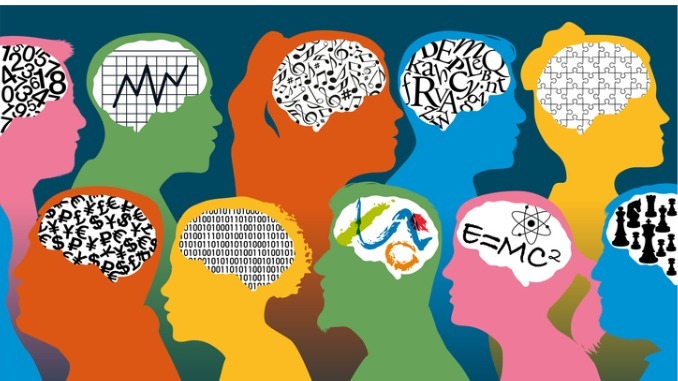
You don’t need to be in an artistic field to harness the power of creativity. This vital skill can drive innovation and enhance brainstorming in any profession. Often viewed as a talent reserved for a fortunate few, creativity is actually a skill that anyone can develop and refine. Let’s delve into what creativity really is and how you can cultivate and apply it in your career and daily life
CREDIT: This is an edited version of an article that originally appeared on Business News Daily
When we think of creativity, we might envision artistic endeavours or imaginative thinking. However, creativity encompasses much more.
“Creativity is easily defined — it is the process of generating new ideas,” explains Tina Seelig, faculty director of the Stanford Technology Ventures Program. Generating new ideas is a critical skill across all industries, especially when it comes to brainstorming solutions or innovative concepts that can distinguish your business from competitors.
“Creativity is particularly important in industry because the world is changing incredibly quickly, and breakthrough ideas are required to stay competitive,” Seelig notes. “True creativity requires the ability to break new ground, which demands significant effort.”
Creativity can be learned
One of the biggest myths about creativity is that it’s an innate talent you either have or don’t. In reality, creativity can be learned, honed, and applied by anyone.
Here’s why creativity can be learned:
- Natural skill: Creativity is a natural skill in everyone. While it might come more easily to some, anyone can nurture their creativity over time.
- Problem-solving: Creativity is more than artistic talent; it’s about inventiveness and problem-solving. Many of us have made decisions that solved problems at work or in life, showcasing our creative abilities.
- Communication: Thinking and speaking are creative expressions that we can harness for our benefit. For instance, we often create narratives about people or situations before knowing them, using our creative abilities.
Harnessing your creativity
Knowing you’re creative is one thing, but harnessing and applying it is another. Here are some ways you can build creativity as a skill:
Use tech tools
Technology can help enhance your creativity:
- Creative software: Tools like Adobe Creative Cloud and Canva allow risk-free experimentation with social media posts and marketing materials.
- Project management: Software like Trello and Basecamp helps organise and visualise projects, sparking new ideas.
- Mind mapping: Apps for visual brainstorming help you see connections and link concepts.
- Collaboration: Tools like Microsoft Teams and Slack connect you with team members to solve problems creatively.
Merge internal and external worlds
Our unique life experiences shape our internal worlds, influencing our creativity. Recognising how your perspective affects your imagination can help harness creativity. “Your knowledge fuels your imagination,” says Seelig. “This process is influenced by factors like your environment and team dynamics.”
Build a conducive environment
Create an environment that fosters your creativity. Identify when you’re most productive and dedicate time to creative tasks. Whether it’s morning hours or certain days, tailor your routine to maximise creativity. “[Craft] spaces that are conducive to creative problem-solving,” advises Seelig.
View problems as opportunities
Shifting your mindset to see problems as opportunities can enhance creativity. “With enhanced creativity, we see potential instead of problems, opportunities instead of obstacles,” Seelig explains. This perspective helps push through roadblocks and develop innovative solutions.
Support experimentation
Encourage experimentation and creative thinking in the workplace. A culture that allows for mistakes and innovative ideas is crucial. “Without the drive to come up with breakthrough ideas, it is unlikely that one will be found,” says Seelig. Questioning and shifting your frame of reference is also key to creative problem-solving.
Harnessing creativity allows you to view challenges as opportunities and bring authenticity to your work. It’s a powerful skill that can be developed and refined, regardless of your natural creativity level. Through intentional practice, experimentation, and supportive environments, you can unlock your creative potential.

Be the first to comment